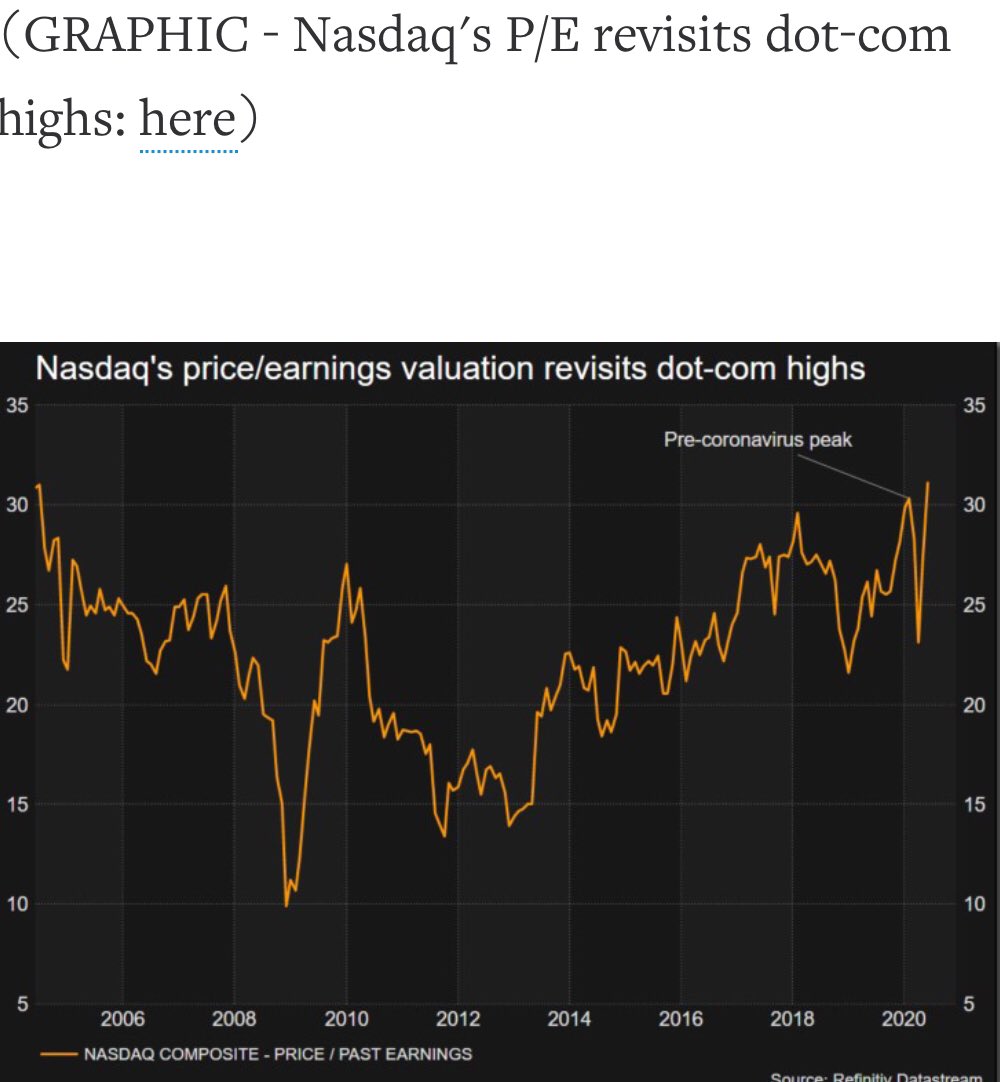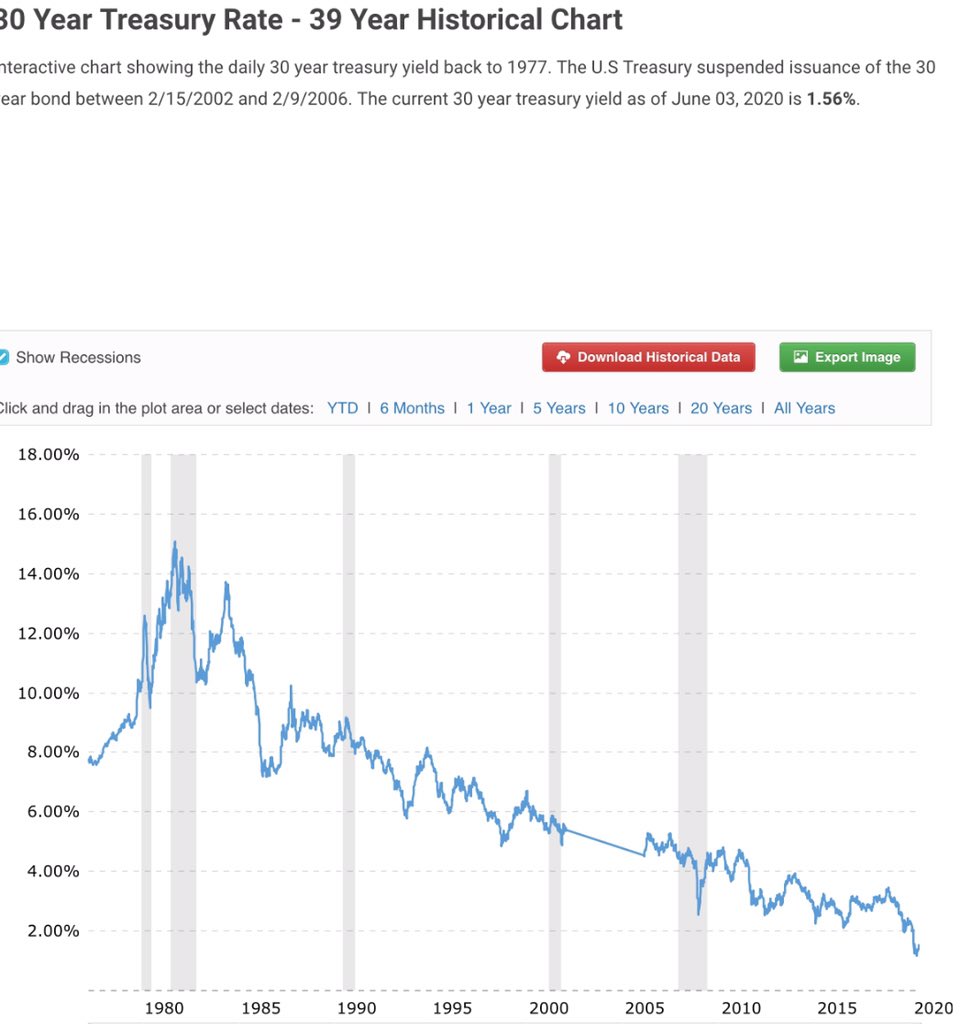"It’s not about earnings, it’s about wealth creation and levered cash-flow growth." 25iq.com/2014/11/02/a-d…
Never forget: free cash flow is the number to care about. Other numbers can be about ways to get free cash flow.
A. You can't just look at P/E ratios.
B. Revenue growth only adds value when a business earns a return on its investments above its opportunity cost of capital.
C. Investing today requires that you do a lot of hard work often using clues about missing data.

Fisher: "Go to five companies ask them intelligent questions about the strength and weakness of the other four and a surprisingly detailed and accurate picture will emerge.“
Howard Marks talks about the importance of knowing what others don't know.
"If way too little background is forthcoming I believe the intelligent thing to do is to go on to something else.”
If you can't use scuttlebutband other methods to do a DCF, don't buy the stock.
1) Calculate the likely unit economics of Quibi using your scuttlebutt network and comparable businesses. Show your work.
2) How confident are you about the assumptions?
2) Does Quibi belong in your "too hard pile" given data you have?
Bonus question: How will you estimate customer churn?
wsj.com/articles/quibi…
"Since the terminal value can make up 70% or more of the enterprise value, the explicit cash flows are mostly just the path to the main event— the decision of what multiple to apply to the last year of cash flow.” bluemountaincapital.com/wp-content/upl…
Terminal value estimation is hard, but as Charlie Munger told Howard Marks once, "investing isn't supposed to be easy."
Damodaran: people.stern.nyu.edu/adamodar/pdfil…
Every customer is potentially a quasi-annuity stream of cash. Estimate the average DCF of the quasi annuities and then add them up.
I hustle to acquire through scuttlebut and better models what Josh Wolfe describes as an investing "edge."





